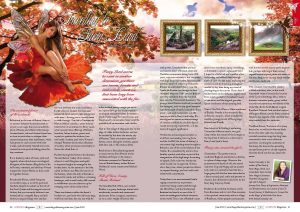 Travelling to Faeryland
Travelling to Faeryland
Goddess Magazine – national spiritual magazine
Faeryland seems to exist in another dimension, yet there are towns, forests and even whole countries that have long been associated with the fae.
The enchanted forest of Broceliande
In Brittany in the west of France, there is an ancient darkened forest shrouded in mystery and magic, long considered a place of faeries and Otherworldly beings. Thousand-year-old beech, oak and chestnut trees lean in close to each other to whisper their secrets and protect their inhabitants, while lush green ivy curls around wide tree trunks, and intricately twisted tree roots covered in moss provide hiding places for tiny creatures. It is a shadowy realm of mists, myth and legends, where druids once worshipped, Morgaine of the Faeries, King Arthur’s fae half-sister, retreated, and the faery Viviane trapped the wizard Merlin so they could be together forever.
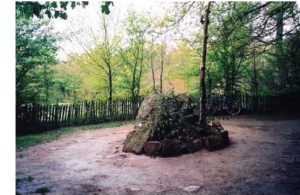 Broceliande Forest, called Paimpont on modern maps, is so eerily quiet and desolate, despite its acclaim as the site of the Grail Quests and the magical court of Arthur, that you can easily believe it was bewitched by a vengeful faery, and still harbours magical beings who can thin the veils between our world and theirs. I rode a bicycle beneath the looming trees, then wandered down narrow paths overgrown with twining vines you have to crouch down to walk through. One led to Tombeau de Merlin (Merlin’s Tomb), a stone dolmen believed to be an entrance to Faeryland, where people leave offerings of flowers, bracelets, babies booties, poems and crystals to petition for wisdom, love and health. Another path led to Viviane’s tranquil Fontaine de Jouvence (Fountain of Youth), which promises immortality to those who drink from it.
Broceliande Forest, called Paimpont on modern maps, is so eerily quiet and desolate, despite its acclaim as the site of the Grail Quests and the magical court of Arthur, that you can easily believe it was bewitched by a vengeful faery, and still harbours magical beings who can thin the veils between our world and theirs. I rode a bicycle beneath the looming trees, then wandered down narrow paths overgrown with twining vines you have to crouch down to walk through. One led to Tombeau de Merlin (Merlin’s Tomb), a stone dolmen believed to be an entrance to Faeryland, where people leave offerings of flowers, bracelets, babies booties, poems and crystals to petition for wisdom, love and health. Another path led to Viviane’s tranquil Fontaine de Jouvence (Fountain of Youth), which promises immortality to those who drink from it.
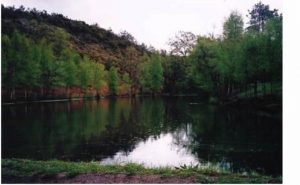 Further through the forest is the dramatic Val sans Retour (Valley of No Return), where it is said Morgaine used spells to imprison knights in revenge for her broken heart. At the entrance is the lake called Le Miroir aux Fées (the Mirror of the Faeries), where the Lady of the Lake is believed to reside, and within is a stunning landscape, with a small rocky cliff covered in wildflowers you can clamour up for sweeping views of the valley below.
Further through the forest is the dramatic Val sans Retour (Valley of No Return), where it is said Morgaine used spells to imprison knights in revenge for her broken heart. At the entrance is the lake called Le Miroir aux Fées (the Mirror of the Faeries), where the Lady of the Lake is believed to reside, and within is a stunning landscape, with a small rocky cliff covered in wildflowers you can clamour up for sweeping views of the valley below.
There are chateaus within the forest’s borders too, and lords who still hunt stags, wild boar and deer, but you can walk for miles without seeing a single person as you tiptoe through this ancient and oh-so-magical enchanted forest, which remains a place of pilgrimage for nature lovers and those lured by its secretive beauty and the possibility of an encounter with the fae.
Visit it: The village of Paimpont lies on the edge of a lake within the forest, and can be reached by bus from the nearby city of Rennes. With its streets named for faeries, stores selling fae artwork, quaint little bars and 13th century abbey, Paimpont is a good starting point for exploring Broceliande.
Read about it: Broceliande appears in many stories, from French writer Chrétien de Troyes’s 12th century Arthurian romance Le Chevalier au Lion to British fantasy author Robert Holdstock’s more recent novel Merlin’s Wood.
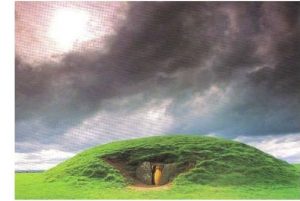 Hill of Tara, County Meath, Ireland
Hill of Tara, County Meath, Ireland
The beautiful Hill of Tara, just outside Dublin, is a grassy landscape dotted with earthworks, mounds and ceremonial enclosures. It has a magical, mysterious air to it, and a weight of history that adds power. Considered the spiritual and historic heart of Ireland, there are Neolithic monuments dating back 6000 years, and more recently it was associated with high kings and royalty, becoming the political centre of a thriving civilisation. It’s also where Ireland’s faery race, the Tuatha de Danaan, are thought to have retreated when the Celts invaded Ireland and they withdrew from the world of man into the Otherworld dimension. The passage tomb Dumha na nGiall (Mound of the Hostages), with its tiny gated entrance into the mound of earth, looks like a faery place – and such monuments are still seen as portals to Faeryland today. It’s also aligned to sunrise on the mornings of Samhain and Imbolc, the first days of winter and spring respectively, so it has layers of magical significance.
Within this archaeological complex is a hill fort surrounding two ring forts, and the Lia Fáil (the Stone of Destiny), a one-metre-high standing stone brought to Ireland as one of the sacred objects of the Tuatha. It is considered by some to be a fertility symbol, and others a part of the inauguration of the high kings – according to legend, if the ruler was worthy the stone would roar its approval. There is also a faery tree, where people tie ribbons to request blessings, and two wells with Otherworld connotations.
Today there is an environmental battle raging as activists try to prevent a motorway being constructed through the Hill of Tara, and the Smithsonian Institute has listed it as one of the 15 Must-See Endangered Cultural Treasures in the world. Tara is one of Ireland’s most sacred sites (and that’s saying something!), so I decided to spend Lughnasadh there. I stayed in a little B&B a few miles away, and walked there through fields of corn and hay bales, exploring the enclosure and daydreaming of magical worlds by day, then doing my ritual of thanksgiving as the sun set. Hours later I walked home in the darkness, slightly tipsy from mead, guided by the radiant beauty of the moon and the magical guardian spirits and faeries of this amazing land.
Visit it: The Hill of Tara is 50km northwest of Dublin. Nearby is the wonderful Bru na Boinne complex, which includes the Neolithic passage tombs of Newgrange, Knowth and Dowth
Read about it: In OR Melling’s enchanting Chronicles of Faerie novels, two girls sleep within the Mound of the Hostages in the hope that it will act as a doorway to Faeryland (and it does!).
More Faery Sites
Glastonbury: This pretty town in southwest England, also known as Avalon, is a place of deep magic. Home to the priestesses and druids of old, the sacred oak trees Gog and Magog and an ancient holy well, it is centred around the Tor, a huge grassy hill that has been described as a faery mound, grail castle and gateway to Annwn, the Otherworld ruled over by the faery king Gwyn ap Nudd.
Findhorn: In northeast Scotland, not far from Inverness and its Loch Ness Monster, is the spiritual community and ecovillage of Findhorn, where people communicate with the faeries and nature spirits to grow lush gardens with larger than normal vegetables and tropical plants not native to the area, despite the stormy, bleak weather and barren, sandy soil.
New Zealand: This beautiful country is filled with faery sites, as the world discovered when it became the location of the Lord of the Rings films, with its dramatic mountain peaks, grassy hobbit mounds and mysterious woodlands of the elven folk. In the South Island, magical Fjordland National Park was the location of Fangorn Forest, and the faery mountain Takitimu has legends of the Wee Folk who have resided there for centuries.
The Black Forest: The home of so many faerytales, as well as the famous Black Forest chocolate cake, this stunning wooded mountain range has long been rumoured to host a race of faeries and elves. Covering the southwest of Germany, the trees in this sprawling ancient forest grow so closely together that they block out the sun, hence the name.
Serene Conneeley is the author of The Book of Faery Magic (with Lucy Cavendish), Seven Sacred Sites: Magical Journeys That Will Change Your Life and A Magical Journey: Your Diary of Inspiration, Adventure and Transformation, and creator of the CD Sacred Journey: A Meditation to Connect You to the Magic of the Earth. Visit her at www.SereneConneeley.com.
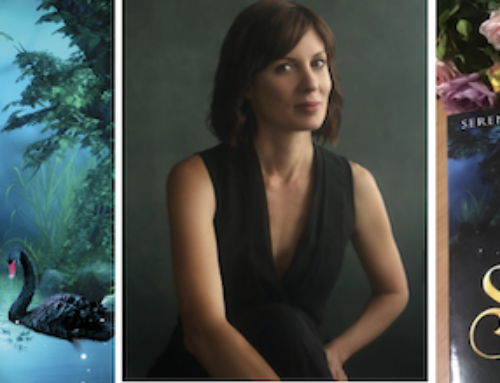
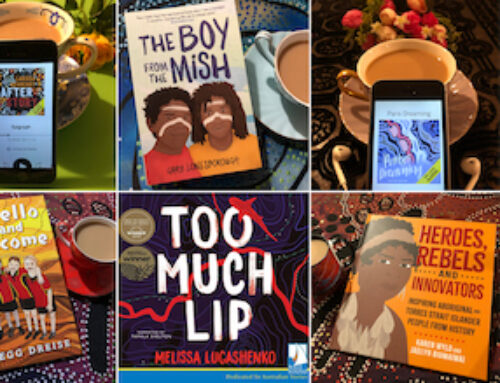
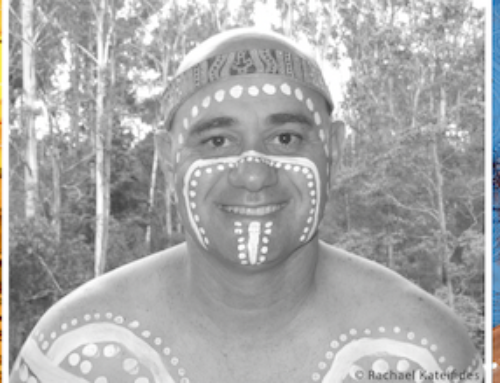
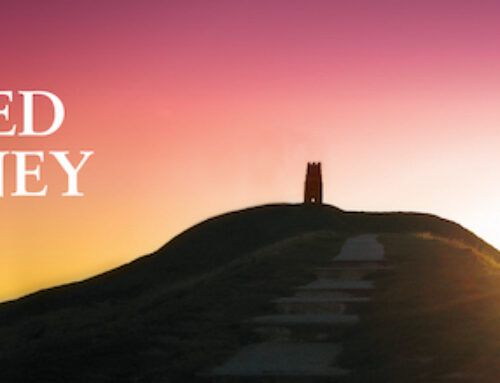
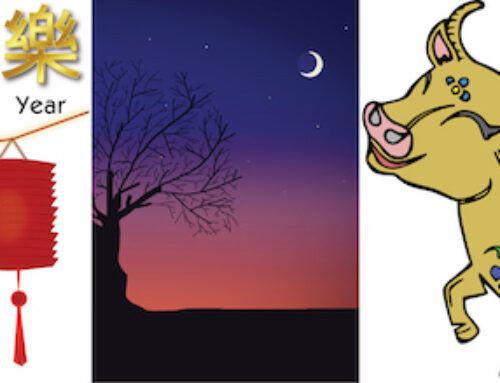


Get Social